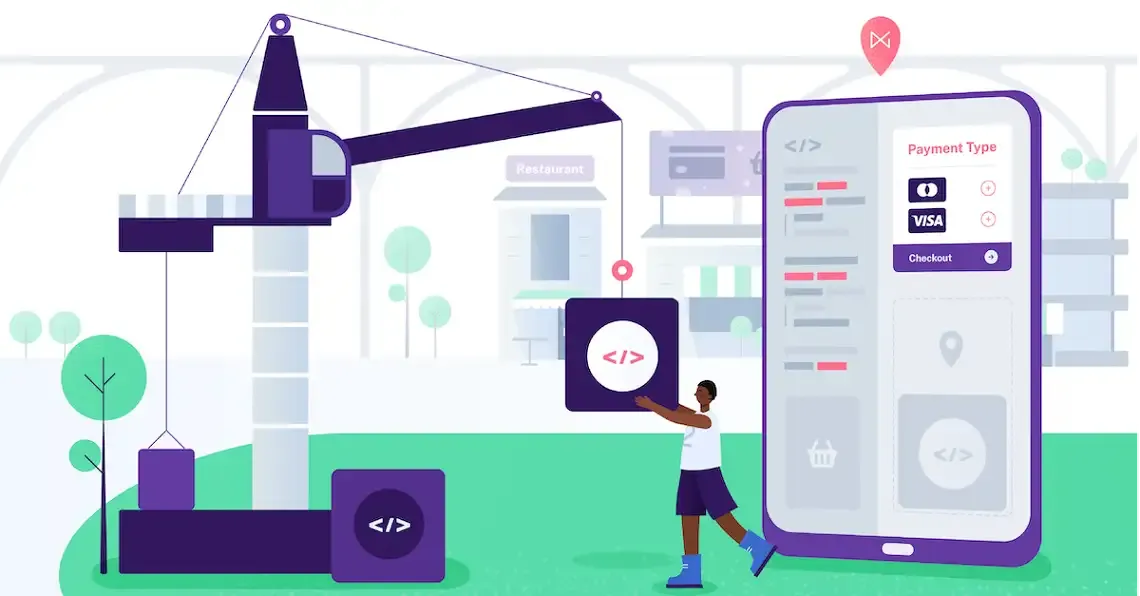The way we pay is undergoing a revolution — and it’s creating a new revenue opportunity for the independent software vendors (ISVs) that businesses rely on to provide a superior customer experience.
Digital payments are quickly becoming consumers’ go-to payment method. Gartner predicts that 80% of ordering and replenishment in commerce will be contactless by 2024 for most organizations. It’s also projected that more than a third of Americans will use mobile payments by 2023. The COVID-19 pandemic has also boosted consumer preference for contactless payments — 85% of consumers now expect digital payment options for in-person purchases and 49% suggest offering contactless payments is one of the most crucial safety measures businesses can offer.
This widespread increase in digital payments in both an online and in-person setting by consumers has serious implications for businesses across all industries. In fact, 57% of consumers say the availability of digital payment options at a business would impact their decision about where to shop.
As a result, ISVs need to seize the opportunity presented by this consumer shift and embrace full commerce enablement. Those that fail to adapt are not only at risk of being left behind by competitors, but they’re also losing out on a recurring revenue opportunity.
The challenges of integration strategy
While there’s great potential for ISVs to add payments and grow their business as a result, it can be a challenging process depending on the integration strategy.
ISVs could integrate payments into their software through an easily pluggable, one-size-fits-all payments solution. However, ISVs typically can’t adjust these one-size-fits-all solutions as their business evolves and more often than not, end up outgrowing them. Using a one-size-fits-all payment solution also blocks ISVs from fully monetizing payments. Most of these types of payment solutions require all transaction fees to be paid back to their company or take a large cut, leaving ISVs empty-handed on the purchases generated through their platform.
In addition, ISVs aren’t in a viable position to build their own payments solution. Because while ISVs are experts on the business verticals they serve, they’re not typically experts on payments. This knowledge gap makes it difficult for ISVs to understand the logistical complexities that exist in the payments space, stunting their ability to provide a compliant solution for clients in a timely manner, not to mention continuing to maintain it.
A call for backup
So, how can ISVs ensure they provide their clients a superior customer experience for today’s consumers? Instead of relying on rigid one-size-fits-all solutions or building your own from scratch, you can work with an experienced payments partner. The right partner can help craft a solution that seamlessly fits your software, meets the needs of your clients and helps drive revenue.
There are a few attributes that you should consider when choosing a payments partner:
Flexible digital payment options
With consumers looking for a variety of payment options, you’ll want to make sure your partner can meet their needs. Prioritize a partner that can provide a unified customer experience by accepting payments across all points of commerce, whether it’s online, in store, on mobile or unattended (e.g., a vending machine or parking payment kiosk).
Make sure a potential partner can deliver a payment solution for your software that can meet the customer where they want to pay. Ensure your payments partner can support the following points of consumer engagement for a frictionless customer experience:
- In-app
- Website
- Unattended
- In-store point of sale
- Mobile point of sale (e.g., customers pay for a purchase on a smartphone or tablet provided by the business)
- Tap to phone (e.g., contactless card and mobile wallet payments)
- QR code capabilities
- Payment support across different electronic devices
Agnostic, feature-rich platform
Having the freedom to choose from any device on any acquirer connection is key to better serving your customers. It’s equally as important as having a modular platform that gives the flexibility and features needed to support your business growth. Don’t overlook the options and scalability factor of your potential partner — your business’s long-term growth will depend on it.
Future-proofing ability
Payments technology is constantly evolving and it’s on your partner to ensure your payment options are configurable to what customers are seeking. An ideal partner should also be able to mix and match a la carte payment solutions for flexibility based on your banking partner’s requirements and your customer points of engagement. Ensure your payments partner can also “future-proof” your payment solution through the integration of new technologies — and ask a potential partner if they invest in new features and functionality for their offering.
ISVs must be able to meet consumers where they are when it comes to payments — on their phones and online. By doing a careful assessment to find the right payments partner, you can help your clients deliver best-in-class customer experiences now and in the future, as the payments landscape continually evolves. And in the end, you can also open up a new revenue opportunity by turning your software into a profit center for every transaction it powers.
To learn more, reach out to a member of our team today.




